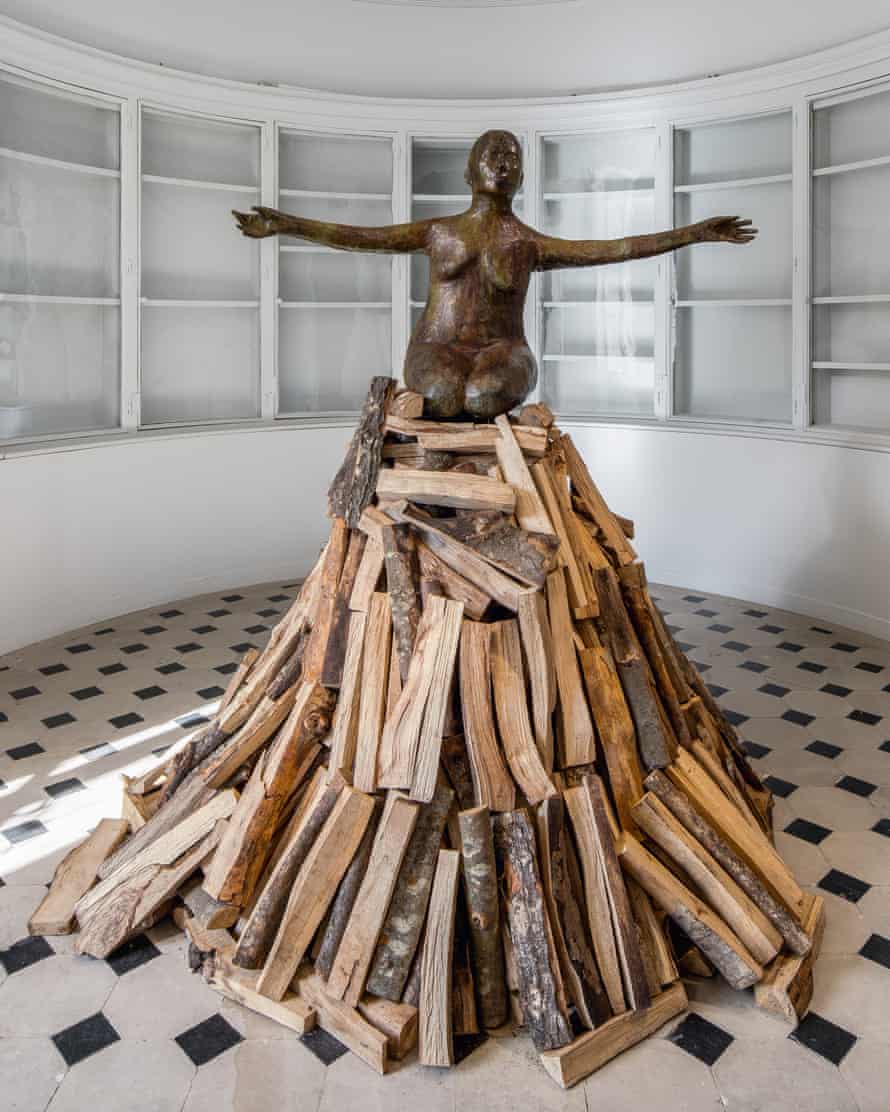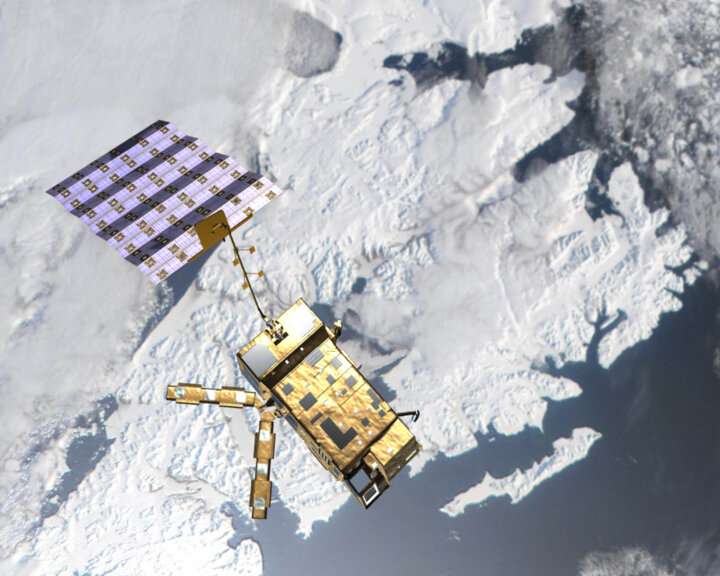/https://www.thestar.com/content/dam/thestar/life/together/snapshot/2021/10/31/a-vampire-and-devil-relive-the-joys-of-trick-or-treating-in-1989/trick_or_treaters.jpg)
A vampire and devil relive the joys of trick or treating in 1989
How trick-or-treating brothers whipped up their costumes
It’s possible that I shall make an ass of myself. But in that case one can always get out of it with a little dialectic. I have, of course, so worded my proposition as to be right either way (K.Marx, Letter to F.Engels on the Indian Mutiny)
/https://www.thestar.com/content/dam/thestar/life/together/snapshot/2021/10/31/a-vampire-and-devil-relive-the-joys-of-trick-or-treating-in-1989/trick_or_treaters.jpg)
How trick-or-treating brothers whipped up their costumes
Ben Yanchyshyn loves Halloween as much today as he did as a child back in 1989, when he and his brother Matt were photographed by the Star’s Andrew Stawicki on October 31. But then and now, costume decisions can be a last-minute scramble.
“I always found it quite difficult to choose,” says Ben, who was glad to have this store-bought devil costume handy when all else failed. “It was one of the only true costumes that I remember wearing as a kid. More often, Halloween meant putting random articles of clothing together and calling it a costume.”
A vampire and devil relive the joys of trick or treating in 1989 | The Star
PAYWALL



















Antarctic sea-ice plays an important role in regulating Earth's energy budget
by Norwegian Institute of Bioeconomy Research

When Earth's snow and ice cover melts, the reflectivity of Earth's surface—known as albedo—decreases. And when the albedo of Earth's surface decreases, a smaller share of sunlight is reflected back into space. As a result, more solar radiation energy remains on Earth, warming its climate system. Similarly, as the snow and ice cover grows, reflectivity increases, which has a cooling effect. This mechanism is called snow and ice albedo feedback. The scale of the snow and ice albedo feedback is determined by, for example, the amount of sunlight and cloudiness.
In their new study published in Nature Geoscience, scientists from the Finnish Meteorological Institute and the Norwegian Institute of Bioeconomy Research calculated the heating and cooling effect of changes in reflectivity in both the Arctic and Antarctic regions. The study period was between 1982 and 2018 and calculations were based on satellite observations.
Albedo changes in polar regions alter Earth's energy budget
The results confirmed previous findings that melting of the snow and ice cover in the Arctic region since the 1990s has had a warming effect. In addition, the new study describes two significantly different developments taking place in the Antarctic region: Between 2000 and 2015, the expansion of the Antarctic sea-ice cover produced a cooling effect that largely balanced out the warming effect caused by the melting of the Arctic region. However, in 2016 there was a notable reduction in Antarctic sea-ice cover, which completely reversed the cooling effect that had increased over the previous 15 years.
"Our results highlight the important, but previously little-known, role of the Antarctica's sea-ice cover as a regulator of the radiative energy budget in polar regions," says Aku Riihelä, Research Professor at the Finnish Meteorological Institute and the corresponding author of the study.
"The dramatic change in the sea-ice cover in 2016 also shows that major changes in the sea-ice cover can take place rapidly. For this reason, more attention should be paid to the monitoring of Antarctica and its sea-ice in the future, as well as the development of related models," Riihelä says.
Loss of Antarctic sea-ice could also add to the anthropogenic global warming
Between 1992 and 2018 the changes in the reflectivity of polar regions, on average, amounted to a global warming effect of +0.08 Watts per square meter. This corresponds to about 10 percent of the warming effect caused by annual anthropogenic carbon dioxide emissions since 1992. And this share may increase if the Antarctic sea-ice cover does not recover from its recent shrinkage.
"The question of whether the huge loss in Antarctic sea ice can be recovered is important, given the profound implications for Earth's radiative energy balance. The Antarctic has long served as a sort of refrigerator in the earth system. Breaking it beyond repair would really chip away at our remaining emission budgets, making it ever more difficult to meet our ambitious mitigation targets," says Ryan Bright, a Research Professor at the Norwegian Institute of Bioeconomy Research and one of the study's co-authors.
However, more recent studies have shown partial recovery in the Antarctic sea-ice.
"While this may be seen as good news, we cannot afford to dismiss the 2016–2018 reversal as anomalous until we really understand the mechanisms that caused it," says Bright.Earth is dimming due to climate change
More information: Aku Riihelä et al, Recent strengthening of snow and ice albedo feedback driven by Antarctic sea-ice loss, Nature Geoscience (2021). DOI: 10.1038/s41561-021-00841-x
Journal information: Nature Geoscience
Provided by Norwegian Institute of Bioeconomy Research
Japan's Mitsubishi Heavy Industries Ltd has announced the start of commercial operations of a 500-megawatt natural gas-fired power generation system it provided to a power plant run by Indonesia's state-owned electricity provider PT PLN on the northwestern coast of Java.
The gas turbine combined cycle power generation system was completed at the Muara Karang thermal power complex more than a month ahead of schedule despite the novel coronavirus pandemic, the Tokyo-based major engineering company, known as MHI, said.
Located in the northwest of Jakarta, the plant was constructed by local state-run contractor PT Wijaya Karya (Persero) Tbk. MHI and PT Wijaya Karya jointly received a full turnkey contract for the plant in 2016.
Under the contract calling for engineering, procurement and construction, MHI supplied key equipment, including gas turbines and boilers for recovering exhaust heat, while Mitsubishi Electric Corp provided power generation-related equipment.
The GTCC system generates power by gas turbines while steam turbines use exhaust gas for additional electricity generation, realizing effective energy consumption and reducing carbon dioxide emissions by some 90 percent compared with the conventional coal-fired power plant.
The new facility is the most efficient in Indonesia, according to MHI.
© KYODOQuebec's cheap power lures Europe's green hydrogen buyers
The abundance of cheap hydro-electric power that made Quebec a haven for cryptocurrency miners and data centers is now attracting other potential power-thirsty buyers: European green hydrogen producers.
“We have people right now in Europe who want to decarbonize: They are very interested in coming to Quebec to produce green hydrogen from green electricity, to put that on a boat, and go back,” Sophie Brochu, the chief executive officer of power utility Hydro-Quebec, said in an interview. “They are ready to pay a fortune to decarbonize.”
With the world confronting the challenges of transitioning to cleaner energy this winter as natural gas shortages cripple countries from the U.K. to China, Quebec is in a enviable position. Home to 50 power-intensive data centers for companies including Amazon.com Inc. and Microsoft Corp., the province also has large contracts to export its clean electricity to New York and Massachusetts.
Provided the U.S. projects proceed -- there’s been strong opposition to one of two new transmission lines in Maine -- Hydro-Quebec no longer foresees the kind of excess capacity that made it eager to add cryptocurrency miners and data centers clients just a few years ago.
“Appetite for our electricity has never been higher,” said Brochu, who took over the government-owned company in the early weeks of the pandemic. “We’re not saying ‘Oh my God, where do we push our electricity right now?’”
The province’s cryptocurrency mining boom hit a wall when a moratorium was imposed, and new rules that followed did little to revive it: Of an extra 300 megawatts allocated to new clients from the industry in 2019, only 22 megawatts have been taken up, according to Hydro-Quebec. Data centers, though, have been going up at a faster clip, from 39 in 2019 to the 50 it has now.
Demand is helped by the post-pandemic economic rebound. But there’s also interest from people wanting to use hydro electric power to make their products greener, she said.
That’s the case with green hydrogen. Europe’s goal to rely on hydrogen produced without fossil fuels for its heavy industry has prospective power customers from the other side of the pond knocking on Hydro-Quebec’s door. The idea would be to produce the clean-burning gas in Quebec -- using electricity to break water molecules -- and then ship it across the Atlantic.
Helping the U.S. and Europe achieve clean energy goals also appeals more to Quebeckers.
“The population right now wants to make sure that when we move forward and use a green electron, it goes as long a way as possible,” she said.
In addition, Hydro-Quebec is taking a more active approach to other sources of renewable energy. Last year it bought a 19.9 per cent stake in Innergex Renewable Energy Inc., a company based outside Montreal that owns and operates hydro electric power facilities, as well as wind and solar farms in several countries. The two also struck an alliance to make joint investments.
The utility is interested in making more transactions in these industries, with a focus on regions it’s connected with.
“Cash is not an issue,” Brochu said. “Spending wisely is.”
Hydro-Quebec CEO Sophie Brochu talks about pushback from U.S. rivals that sell power generated from fossil fuels, just as the company prepares to begin construction on a transmission line that will deliver hydroelectricity from Canada to New York City. She says that hydro power is in line with "what the planet needs" and what consumers want.